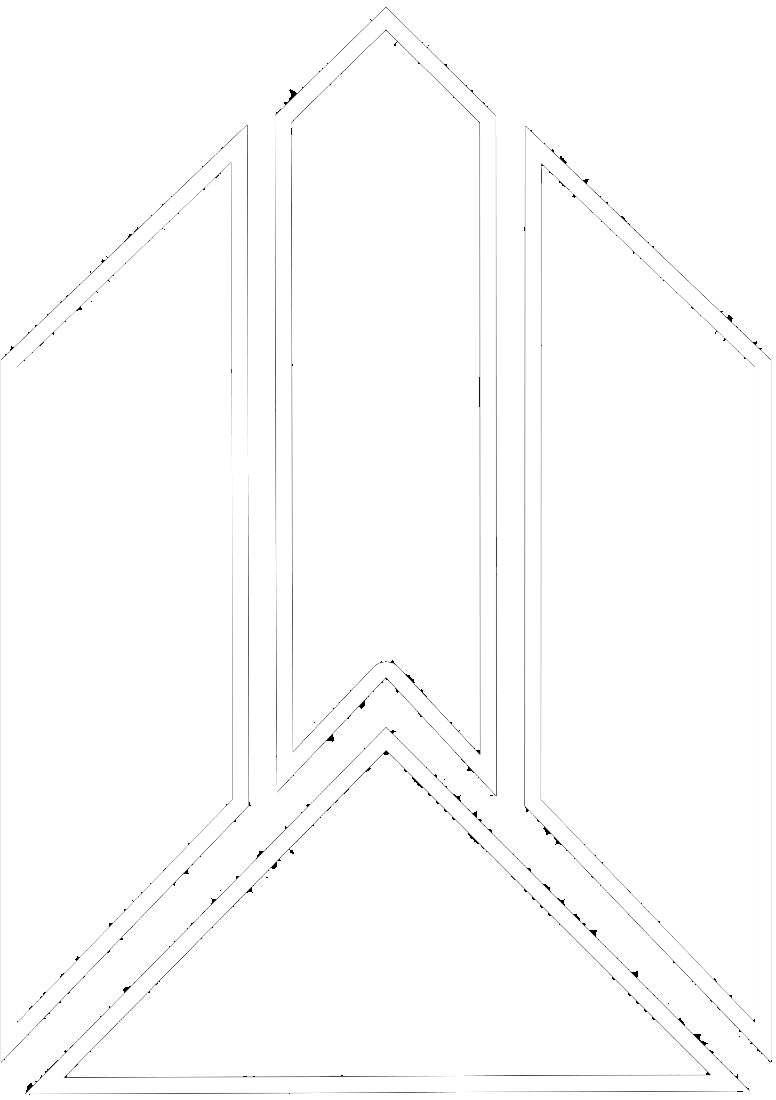The intoxicating endless scroll and freakishly precise algorithm that Tiktok provides takes no prisoners. Despite it being deleted multiple times from my phone to prevent me scrolling, it always finds itself being redownloaded. And to give it credit, it’s by its own merit – it makes me laugh, it gives me ingenious new recipes, and it gives me outfit inspiration.
This outfit inspiration seems harmless until it comes hand in hand with the incessant desire to buy more clothes. I thought I liked to buy second hand as much as possible, but seeing beautiful girls with impeccable fashion on my For You page each day has made me drool at the thought of a quick shop at Zara.
There are 1.2 billion views for ‘#Zarahaul’ on TikTok and similarly high views for Shein – two of the colossal fast fashion retailers. They rely on microtrends which are in and out in a blink of an eye, forcing you to buy new clothes frequently, rather than buying fewer, more timeless pieces. This desire also feels like it comes out of nowhere, showing how tiktokkers are doing brands’ advertising for them, and consumers don’t even realise the effect. The ingredients of a pretty girl, a colourful title along the lines of ‘New in at Zara’ and a transition from the Zara package to trying on their new purchases seems to be the killer combination. Don’t get me wrong, this concoction works, but it could just be used in a better way. According to Google Trends, Google searches for ‘tiktok fashion’ have increased by 195 percent since January 2020, perhaps also revealing the positive correlation between more spare time during lockdown, and increasing Tiktok related consumerism. Zara is perfectly organised to provide for these trends as it has a turnaround time of 2-6 weeks from design to being in store so they are fully equipped to provide for the trend when it’s at its height.
One of the big new microtrends is the obsession with Y2K which provides a strange, and in my opinion not welcome, comeback of low waisted mini skirts (the perfect excuse for dads to exclaim “that’s a belt not a skirt!” – and I don’t entirely disagree with them) and sequined tees (there’s definitely a picture of you wearing one on your 2006 summer holiday in Spain) that Urban Outfitters in particular have run with. Zara have picked up on the 70s flower power patterns that seemed to have all started with that dress from House of Sunny. These trends will last a summer, at most two, before these clothes are disposed of – the very definition of fast fashion.
Y2K is not the only style that’s in right now. Cow print. Patch work. Tennis skirts. Trends that one tiktoker described as ‘trendy childish’.
As with all things, there are thankfully two sides to the story and #slowfashiontiktok is fighting back. The Tiktok algorithm allows for small designers and businesses to gain popularity and sales and some Tiktokkers do charity shops or Depop hauls. Equally, wise to the draw of microtrends, many of them set out to suggest other, better fashion choices that are more sustainable and avoid the ‘trendy childish’ look. Albhie, who has nearly 600,000 followers, provides a combination of adorable content of his young nephew Felix, and of him shopping in your classic local charity shop. More realistic for us than some of the thrifting videos American influencers show.
On the scale of sustainable fashion, with microtrends at one end, and not buying at all at the other, charity shopping comes in at a midpoint. After all, much of the time we have no need to buy clothes, instead just needing to explore the outfit opportunities our wardrobe already possesses. Having said this, we should not feel guilty for buying the occasional new item to make the rest of our clothes work well together, and shopping at Zara isn’t categorically bad. But we should be more mindful. Once an item is in my online shopping basket, my motto is to sleep on it before I buy it. More often than not I realise that I don’t like it, or need it that much. A Tiktokker said that Vogue employees have five great outfits a season and alternate them. I think that’s permission enough to re-wear our clothes.
By Sarah Pierce
